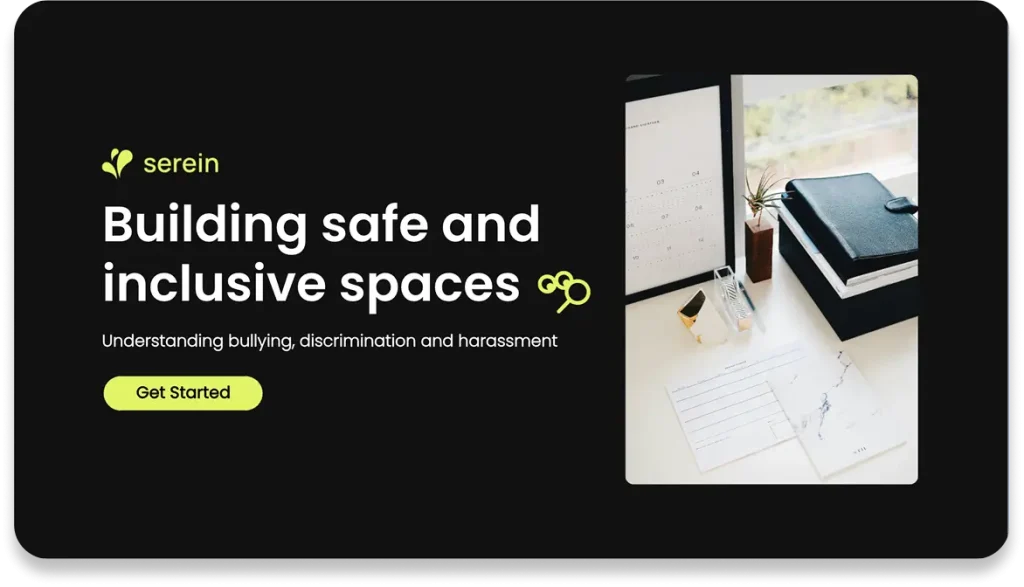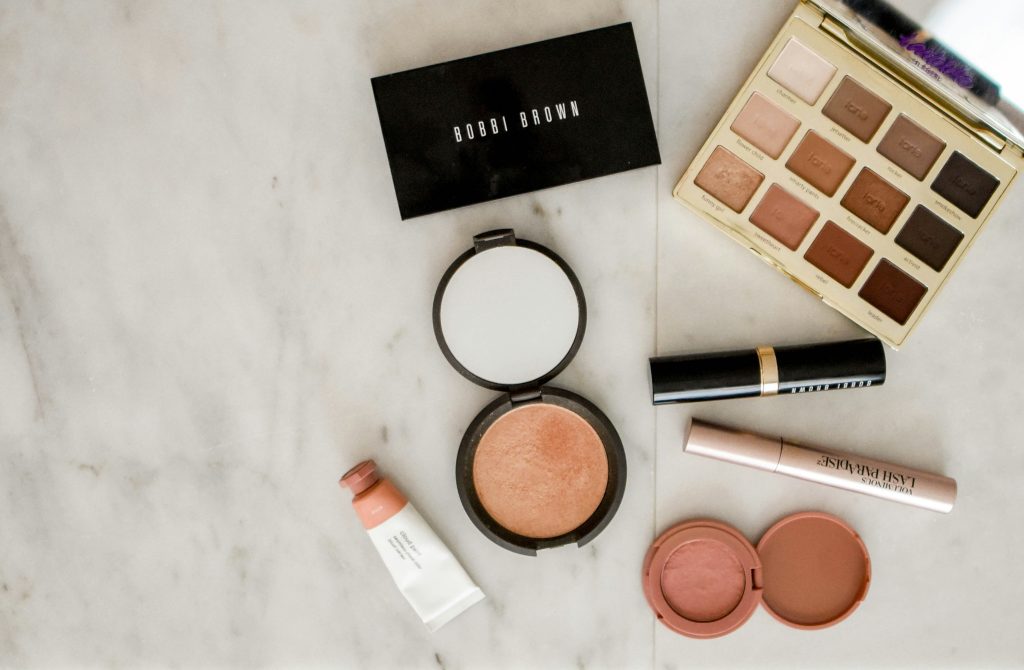US Congresswoman Alexandria Ocasio-Cortez eloquently stated that “some people are just born in bodies that are naturally taken more seriously”. A survey done by Newsweek (2010) revealed that 64% of employers agree that beauty plays a pivotal role in hiring. Subsequently, they also believe that it should remain to be one of the key determining factors for finding eligible candidates. This is primarily due to a phenomenon termed as the “halo-effect”. In this context, it means that attractive people are seen as having a cluster of other positive traits like intelligence, altruism, integrity, leadership skills, etc. Hence, employers view these candidates in a more positive light compared to other candidates. This is termed as beauty bias: the tendency to give preferential treatment to individuals who are deemed to be more attractive than their counterparts. It has been established that we are biologically wired to favour whatever pleases the eye and it affects everyone regardless of their professional stature (Rhode, 2010).
It has been ascertained that employees are constantly weighed based on a plethora of non-job specific parameters like height, skin colour, body weight, facial features, etc. When we talk about diversity & inclusion, we usually include parameters such as (i) gender, (ii) socio-economic status, (iii) disabilities, (iv) sexual orientation, etc. However, beauty biases are often ignored and it impedes an organisation’s capacity to have a fair recruitment process and hire the right employees for the organisation.
With a surge of social media sites like Linkedin, employers can now easily access photographs of job applicants and implicit attractiveness can now play a pivotal role in hiring decisions. The heuristic which represents that beautiful candidates will have other desirable traits as well can lead to an unfair recruitment process.
But beauty bias has a beastly effect! This means that attractiveness can be detrimental in some employment contexts and this holds for women more strongly than men. It was found that attractiveness is important for males and females when applying for jobs and was an indicator of employment suitability. However, it might be a hindrance for women when they are applying for masculine sex-typed jobs or managerial positions (Heilman & Saruwatari, 1979; Heilman & Stopeck, 1985). So, for attractive female candidates, when the masculinity of a job increases, their chances of getting selected also diminish. The opposite holds true for men. Male attractiveness increases their suitability for masculine sex-typed jobs. An attractive yet qualified female candidate might not be selected for a managerial position as she would be seen as too feminine to take up such a masculine role. Hence, these unconscious biases can impinge our decision making and lead us to hire or promote unsuitable candidates.
Having structured interviews can make the procedure more consistent and lead to fair evaluation. The efficacy of the structured interview process was corroborated by a study done by Kutcher and Bragger (2004). They conducted a within-subject design experiment in which the subject was sent for an employment interview first in an “in natura” state and then after wearing a “fatsuit”. It was found that in the unstructured interview process the subject who wore the “fatsuit” fared quite poorly compared to the “in natura” state. However, there was absolutely no difference in performance in the structured interview process.
References
Bennett, J. (2010, July 18). Poll: How Much Is Beauty Worth at Work?. Newsweek. https://www.newsweek.com/poll-how-much-beauty-worth-work-74305
Kutcher, E. J., & Bragger, J. D. (2004). Selection Interviews of Overweight Job Applicants: Can Structure Reduce the Bias? Journal of Applied Social Psychology, 34(10), 1993–2022. https://doi.org/10.1111/j.1559-1816.2004.tb02688.x
Heilman, M. E., & Saruwatari, L. R. (1979). When beauty is beastly: The effects of appearance and sex on evaluations of job applicants for managerial and nonmanagerial jobs. Organizational Behavior & Human Performance, 23(3), 360–372. https://doi.org/10.1016/0030-5073(79)90003-5
Heilman, M. E., & Stopeck, M. H. (1985). Attractiveness and corporate success: Different causal attributions for males and females. Journal of Applied Psychology, 70(2), 379–388. https://doi.org/10.1037/0021-9010.70.2.379
Rhode, D. L. (2010). The beauty bias: The injustice of appearance in life and law. Oxford University Press.
Vogue. (2020, August 21). Congresswoman Alexandria Ocasio-Cortez’s Guide to Her Signature Red Lip | Beauty Secrets | Vogue [Video]. Youtube. https://www.youtube.com/watch?v=bXqZllqGWGQ


